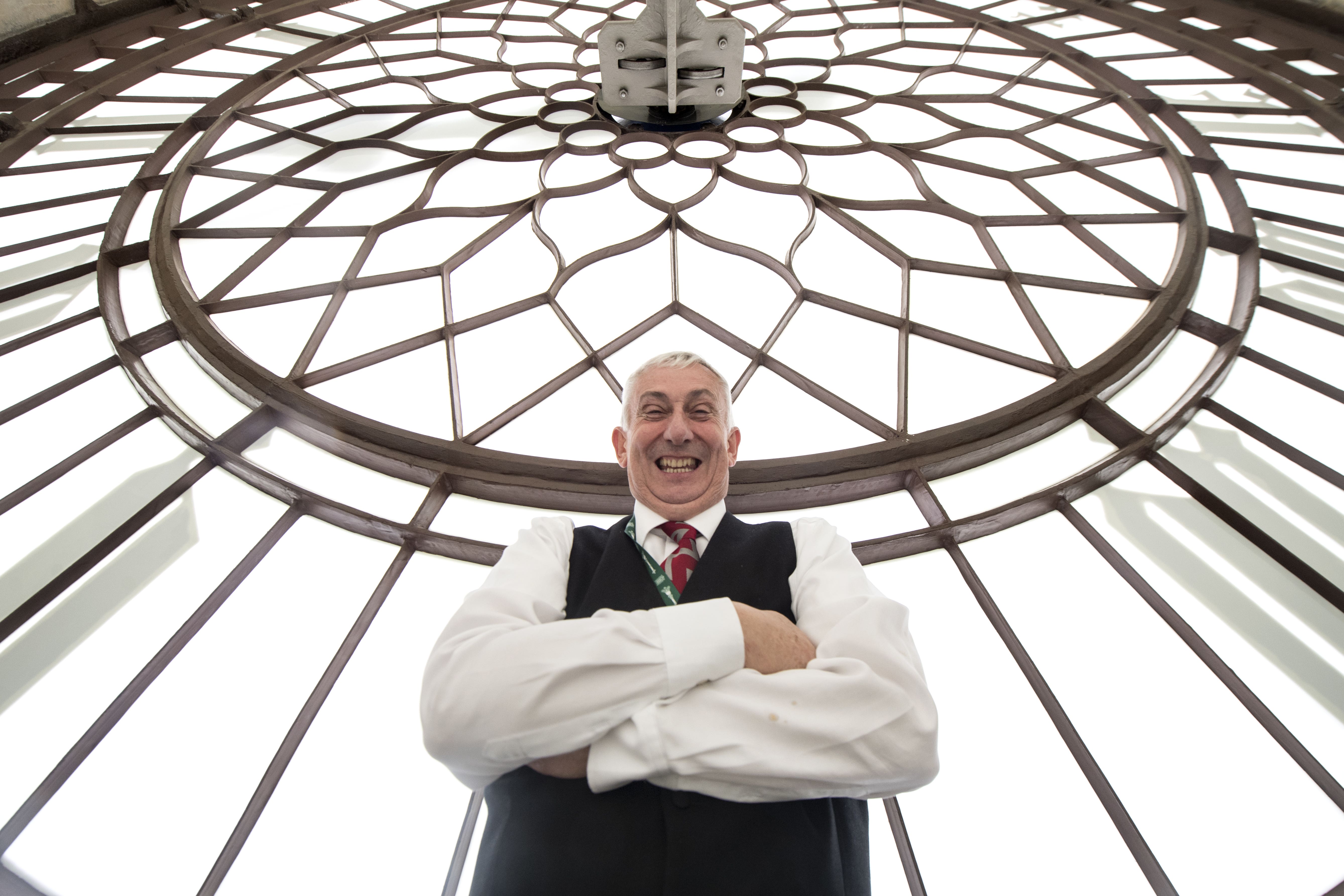Big Ben to be put back to GMT for first time after huge restoration
All faces of the Houses of Parliament’s clock tower will be put back for the first time in five years.

Your support helps us to tell the story
From reproductive rights to climate change to Big Tech, The Independent is on the ground when the story is developing. Whether it's investigating the financials of Elon Musk's pro-Trump PAC or producing our latest documentary, 'The A Word', which shines a light on the American women fighting for reproductive rights, we know how important it is to parse out the facts from the messaging.
At such a critical moment in US history, we need reporters on the ground. Your donation allows us to keep sending journalists to speak to both sides of the story.
The Independent is trusted by Americans across the entire political spectrum. And unlike many other quality news outlets, we choose not to lock Americans out of our reporting and analysis with paywalls. We believe quality journalism should be available to everyone, paid for by those who can afford it.
Your support makes all the difference.All four faces of Big Ben, the Houses of Parliament’s clock tower, will be put back to GMT this weekend for the first time in five years, as the country starts to head towards winter.
The clock’s original Victorian mechanism was renovated as part of a huge restoration project, and the scaffolding surrounding the tower has gradually been brought down since December 2021.
Commons Speaker Sir Lindsay Hoyle said the clock change “will herald a new beginning” for the central London landmark.
It will take Parliament’s team of clock mechanics a total of 24 hours over the weekend to ensure that all 2,000 timepieces across the estate are changed in time for the clocks to go back on October 30.
Over the past five years the Elizabeth Tower, and the clockwork and bell mechanism within it, have undergone the biggest repair and conservation project in its 160-year history.
The tower, at the northern end of the Houses of Parliament, which is also known as Big Ben after the bell inside, has been covered in scaffolding during the restoration work.
Sir Lindsay said: “While the rest of us are tucked up in our beds, our own father time (clock maker) Ian Westworth and the team will be clocking up eight miles changing our parliamentary clocks, including the one we love the most, the Great Clock of Westminster, better known as Big Ben.
“For the first time in five years they will be working with the clock’s completed original Victorian mechanism, so it is a significant final moment in the conservation of this magnificent timepiece.”
It will be the first time that the clock has been put back to GMT since it was restored and installed in the tower earlier this year.
Sir Lindsay added: “Big Ben’s bongs will once again return to our national soundtrack on Armistice Day and Remembrance Sunday, striking 11 times to mark the start of the two minutes’ silence.”
People will only be aware that Big Ben is being changed to GMT when the lights go out on its four dial faces at 10pm on Saturday.
Parliamentary clock mechanic Alex Jeffrey said: “This is so people looking up do not wonder why the hands are going round and get confused.
“Under the cover of darkness we effectively stop the clock and hold it for two hours, only restarting it again at midnight and putting the dial lights back on at 2am when it is officially GMT.”
The clocks go back every year heading into winter, to allow people to start and finish their working day an hour earlier.
It means that people have an hour less daylight at the end of the day, which can be less practical in the winter as the evenings become darker.
The clock was designed and installed in 1859, with the aim of creating the most accurate public timepiece in the world.
When black paint was stripped away from the dials during repair work last year, it was discovered that it was originally painted in a colour known as Prussian blue.